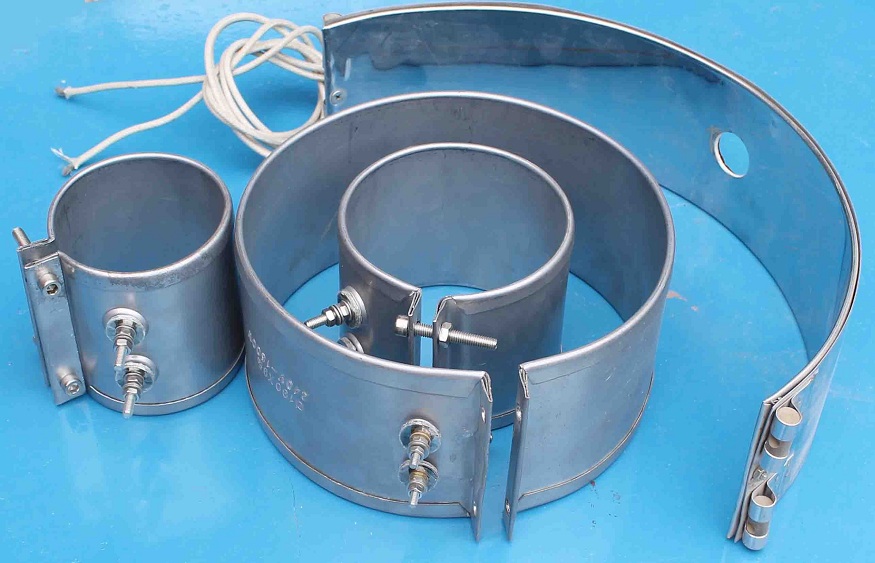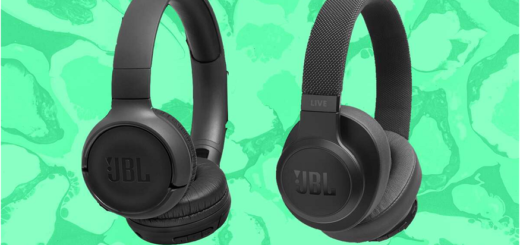How Do Cartridge Heaters Differ from Mica Band Heaters
When delving into the world of industrial heaters, the specifics can be as crucial as the heat they provide. Cartridge heaters and mica band heaters are two prominent players in this space, but how do they differ? While both serve to generate heat in various applications, their designs, efficiency, and purposes set them apart in significant ways. In this exploration, we’ll unearth the intricacies that define each heater type.

Heating Element Design
Cartridge heaters are akin to the robust, high-performance engines of the heating world. Characterized by their cylindrical design, these units are built to deliver heat efficiently and uniformly. A cartridge heater typically consists of a heating coil encased in a stainless steel tube, filled with magnesium oxide, and then compacted to ensure excellent heat transfer. This design allows for higher temperatures and faster heat-up times compared to mica band heaters.
In contrast, mica band heaters employ sheets of mica wrapped in a metallic sheath. These heaters surround pipes or cylinders, clamping on like a warming embrace. The mica in these heaters serves as an excellent insulator and heat conductor, offering a level of performance that makes them a go-to for many industries. The nature of their construction allows for a more even distribution of heat over a larger surface area, but with a limitation on the maximum temperature they can withstand.
Temperature Control Mechanisms
Moving on to temperature control, each heater type brings its own flair to precision. Cartridge heaters, with their compacted insulators and robust construction, can reach high temperatures, making them ideal for applications needing concentrated heat. Advanced internally regulated temperature control mechanisms enable them to deliver precise amounts of heat, directly affecting the medium they are heating.
Mica band heaters, however, dance to a different tune when it comes to temperature regulation. While they may not hit the high notes of temperature like cartridge heaters, their design allows for excellent thermal conductivity and uniform heat distribution. They often utilize external control mechanisms, such as thermostats or thermocouples, to monitor and adjust heat levels, ensuring that the target object is heated consistently.
Applications and Industries
The versatility of cartridge heaters makes them sought after for applications that require significant heat in concentrated areas. You’ll find cartridge heaters for sale that cater to the medical, automotive, and plastics industries where localized heat is paramount. These powerhouses shine in tasks like fluid heating, metal die heating, and packaging machinery — any place where space is at a premium, and heat needs to be intense and exact.
Mica band heaters, with their ability to hug the exteriors of barrels, pipes, and tanks, are the unsung heroes in industries like plastic processing, rubber manufacturing, and food production. The broad and uniform heat they supply makes them indispensable for applications like plastic extrusion, blow-molding machines, and keeping viscous materials at processable temperatures.
Installation and Mounting
The conversation wouldn’t be complete without talking about installation. Cartridge heaters boast a straightforward installation process; they are inserted into drilled holes, where they transfer heat directly to the solid metal of a mold or platen. Their snug fit is essential for effective thermal transfer and minimal energy waste.
Mica band heaters, however, require careful mounting to ensure maximum surface contact for optimal heat transfer. They are designed to wrap around a component, secured with clamps or bolts, which makes them relatively easy to install and remove. This design means that they can be added to existing systems with minimal disruption.
Durability and Maintenance
In terms of longevity, cartridge heaters are built like tanks. The materials and manufacturing process make them resistant to contamination and vibration, thus extending their lifespan. Maintenance tends to be low-key, focused on periodic checks to ensure that they continue to operate at peak performance.
On the flip side, mica band heaters are slightly more delicate due to their construction. While the mica itself is durable and has good thermal resistance, the external clamping mechanism can require more frequent checks and adjustments. However, the design allows for easy access for maintenance and, if necessary, replacement. The dance between durability and maintenance is a delicate one. Cartridge heaters, with their robust construction, stand up to rigorous use with less frequent maintenance, while mica band heaters may need more attention but allow for easier service when needed.
In conclusion, while both cartridge heaters and mica band heaters have their unique set of features and benefits, the choice between them comes down to the specific needs of the application. Cartridge heaters are the go-to for high-temperature, concentrated heat applications, while mica band heaters excel in providing uniform heat over a wider surface area. Understanding these differences is crucial for selecting the right heater for the job, ensuring longevity and performance.



